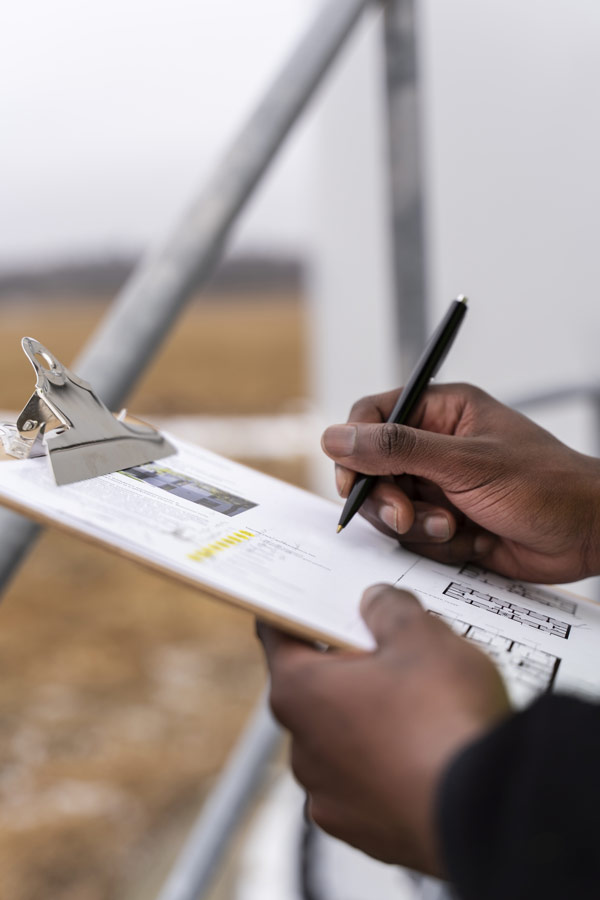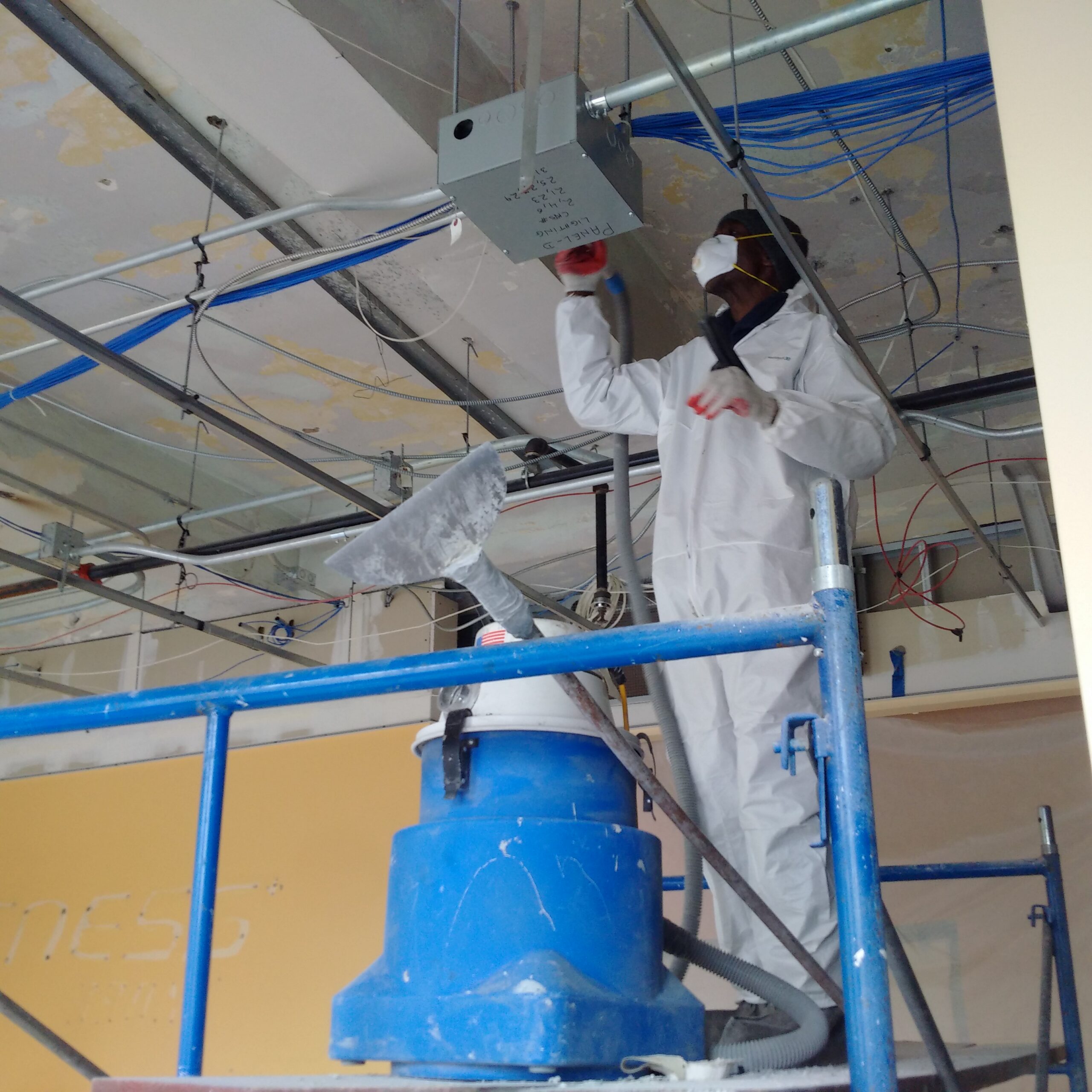Finest Practices for Making Certain Safe and Complete Lead Offense Abatement
Dealing with lead offense reduction needs a multi-faceted technique to make sure both safety and conformity. Initial evaluations utilizing innovative discovery techniques such as XRF analyzers established the stage for a precise understanding of contamination levels. Integrating correct containment methods, consisting of airtight barriers and HEPA filtering, paired with making use of individual safety equipment (PPE) for workers, develops the foundation of a safe operation. Careful cleaning protocols, featuring HEPA vacuuming and wet-wiping, are crucial. Yet, it's the last clearance process, including thorough examinations and laboratory screening, that genuinely validates a lead-free environment, guaranteeing long-lasting safety and security. Exactly how do these methods interconnect to ensure extensive lead abatement?

Initial Analysis
Carrying out an initial analysis is a critical initial step in lead violation reduction. This phase incorporates a detailed evaluation of the home to identify the visibility, degree, and specific places of lead-based risks. Certified experts, such as qualified lead examiners or run the risk of assessors, should do an extensive website evaluation, making use of tools like X-ray fluorescence (XRF) analyzers to properly discover and measure lead focus in paint, dirt, soil, and water.
The assessment has to also include a review of the building's background, previous reports, and any kind of complaints or wellness issues reported by residents - Lead Removal Contractors. Documenting the findings thoroughly is necessary, as these records form the basis for establishing an effective reduction strategy. A comprehensive assessment additionally involves tasting and lab analysis, which are critical to validate the presence of lead and overview subsequent activities
In addition, it is critical to connect the results transparently to all stakeholders, consisting of homeowner, tenants, and regulative authorities. By making certain that the initial assessment is conducted with accuracy and roughness, specialists can lay a strong foundation for a targeted and efficient lead reduction process, ultimately safeguarding public health and guaranteeing conformity with regulative criteria.
Correct Control
Appropriate containment is important to protect against the spread of lead pollutants throughout reduction activities. Efficiently managing containment minimizes the danger of lead dust and particles migrating to non-work areas, thereby guarding both the atmosphere and people outside the immediate work zone.

Normal assessments of the containment location are necessary to look for violations or weaknesses in the obstacle. Any type of determined problems must be promptly resolved to maintain the honesty of the containment. By sticking to these practices, reduction projects can successfully control lead contamination and minimize involved wellness risks.
Employee Defense
Guaranteeing employee protection is vital during lead reduction projects to stop occupational exposure to unsafe lead particles. Necessary measures include making use of individual protective equipment (PPE) such as respirators, gloves, and full-body fits especially developed to obstruct lead dirt and fumes. Workers ought to undertake comprehensive training on the appropriate use and upkeep of PPE, including in shape testing for respirators to make sure optimum effectiveness.
Design controls, such as regional exhaust air flow systems, are critical in minimizing airborne lead concentrations in the work atmosphere. check out this site Management controls need to also be executed, including limiting the duration of exposure and turning workers to minimize private direct exposure times. Normal clinical security and organic surveillance are vital for very early discovery of lead absorption, allowing prompt treatment and therapy.
Moreover, developing a decontamination procedure is important. Workers should comply with rigid purification treatments before breaks and at the end of their shift to stop lead dirt from being lugged outside the job area. This includes comprehensive hand and face washing with lead-specific cleansing representatives and transforming out of infected garments.
Careful Clean-up
Maintaining a safe work setting extends beyond employee protection and incorporates precise check cleanup to make certain lead bits are extensively removed from the website. The process of meticulous cleaning is essential in protecting against the recontamination of the mellowed out area and guarding both existing and future owners.
To accomplish a comprehensive cleaning, all work locations need to be systematically sanitized. This involves the usage of specialized HEPA (High-Efficiency Particulate Air) vacuum and wet-wiping methods to catch and get rid of fine lead dirt that may have cleared up on surfaces. It is vital to cleanse all horizontal surface areas, including floorings, window sills, and counter tops, along with upright surfaces that might have entraped lead bits.
Employees must use appropriate individual safety equipment (PPE) during cleaning to avoid direct exposure to recurring lead dirt. Used cleaning products such as wipes, sponges, and mop heads must be disposed of in conformity with unsafe waste disposal policies.

Last Clearance
Last clearance is the crucial concluding phase of lead abatement that identifies whether the site is risk-free for reoccupation. This vital step includes detailed assessment and screening to validate that all lead threats have actually been properly removed.

Final clearance screening not just safeguards future residents however likewise guarantees compliance with neighborhood, state, and government policies. Moreover, it offers as a recorded validation of the reduction specialist's adherence to industry ideal methods. Making sure a complete and successful last clearance is vital in protecting public wellness and cultivating rely on the reduction process.
Conclusion
Making certain secure and detailed lead infraction abatement demands a multifaceted strategy including first evaluations with innovative detection techniques, effective containment approaches, get redirected here strict employee protection procedures, and meticulous clean-up treatments. The last clearance phase, including thorough evaluations and research laboratory testing, is important to validate compliance with EPA requirements. Adherence to these ideal methods guarantees a secure atmosphere for passengers, alleviates health and wellness risks, and upholds governing demands, consequently promoting public health and safety and security in lead-affected locations.
Comments on “Relied On Lead Paint Removal Company-- NYC's Premier Lead Reduction Service”